18 Mar Arachnids (Spiders, Scorpions)
Spiders are arachnids, a group that includes other eight-legged arthropods like ticks, mites, sun spiders, scorpions and harvestmen (aka daddy longlegs). There are approximately 621 species of spiders known to occur in Utah. There are approximately nine species of scorpions in Utah, most of which...




























